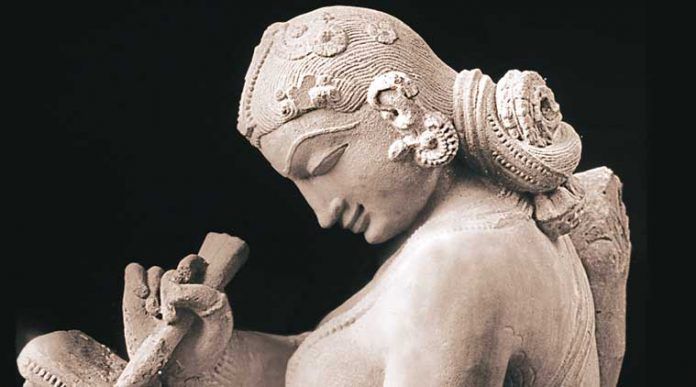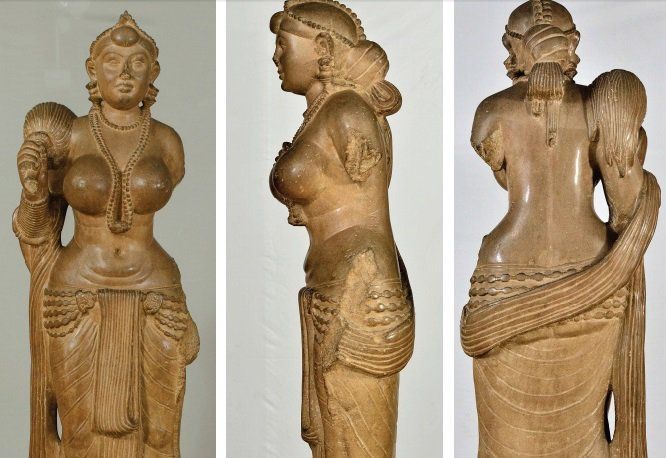Ancient Hairstyles You Still Use
May 23, 2019 • 73 views
As interesting as the Indian history might be, a lot of the time focus is given mostly to the major sectors like clothes, dance, music and rituals. Basically, things that are more obvious and easy to notice. However, there is one area that is not given as much attention and that would ne hairstyles, specifically the ancient Indian hairstyles.
A lot of our ancient sculptures and paintings give a glimpse at the elaborate hairdos of the country and reveal how some of them are still being used to this day.
Let us take a look at some of those hairstyles and the history behind them:
1. Natya Shastra says region mattered
As per the Natya Shastra, the ancient Indian text on the performing arts, women would often take on hairstyles in accordance to their regional locations. Where the women of Gauda would wear their hair in a top knot or plait, the Malwa women would often wear curled hairstyles.

Apart from the region, hairstyles were a way to differentiate between economic classes. The wealthier women would use elaborate hairstyles as a means to distinguish themselves from other classes.
2. Men did not shy away from hairstyling
Unlike the popular notion that men do not care about things like hairstyles and that it is mainly a woman’s domain, ancient men did not have the same mindset.
Mohenjodaro’s steatite ‘Priest King’ has been shown with an interesting hairdo that involved a coiffure or hair parted in the middle and tied together with a fillet on his head.

The gelled and swept hairstyle that men still use could have come from Kushan period as evident in sculptures made in the Gandhara art format. A form made form bronze depicting the head of a child during this era shows the same hairstyle.
3. Their daily hair is your special occasion hair
It is also interesting to see many of the daily hairstyles depicted on the women of ancient India are the ones that modern women still use for special occasions.
The Mauryan period showed women in two hairstyles: either braided or shaved heads. However, the popular statue of Didarganj Yakshi that shows a beautiful hairdo where her hair neatly combed back are then tied in a bun that forms a loop at her back.

These are the elaborate hairstyles that you do for special occasions.
“You take lot of efforts to do daily hairstyle. They (ancient civilizations) did without much effort. This suggests either they were more concerned about dressing and appearance or they had more leisure time than you”.
